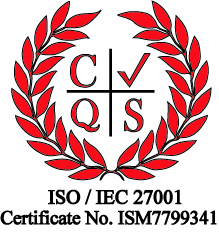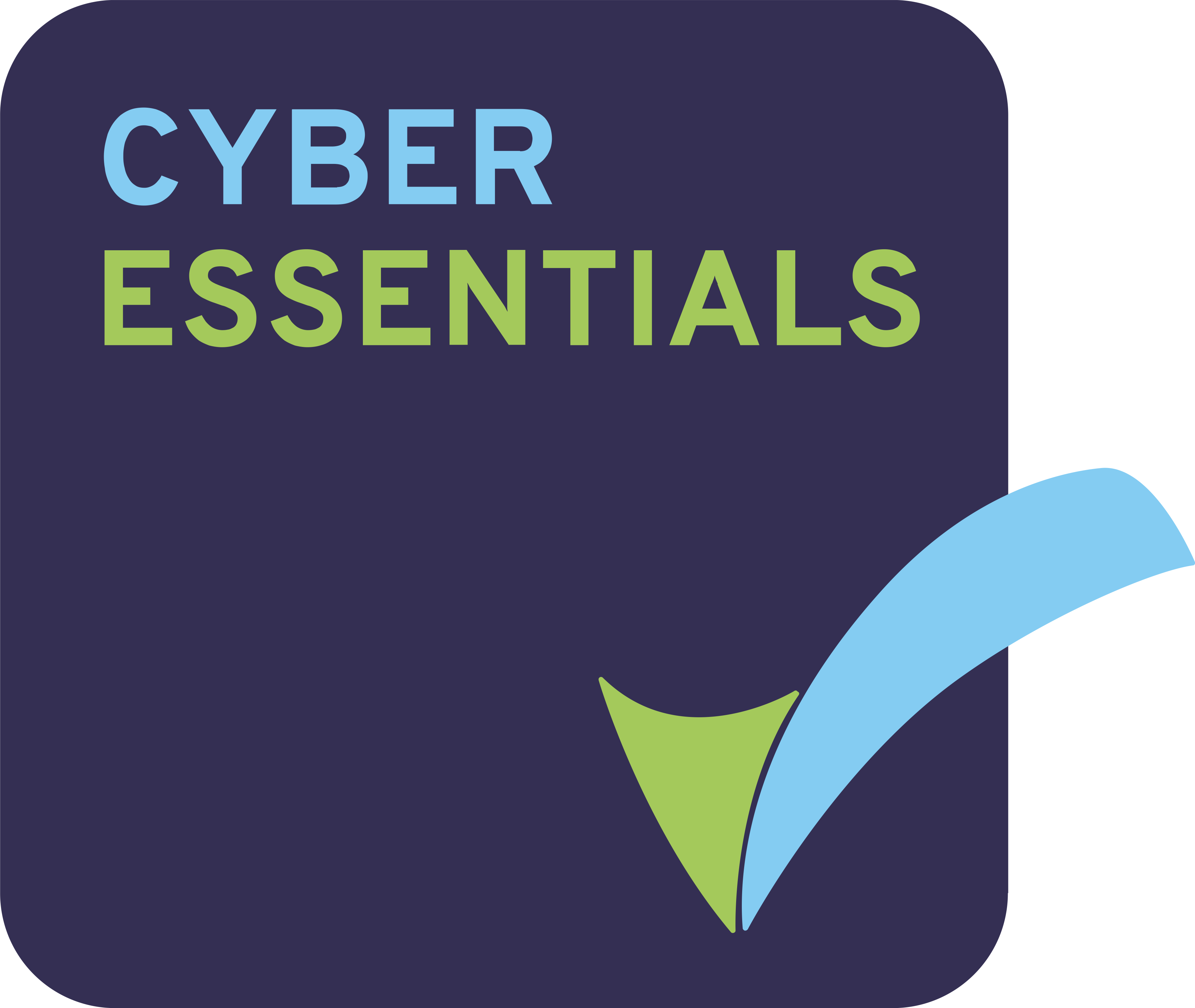In today’s digital-first world, businesses increasingly rely on video collaboration tools to enable seamless communication across remote and hybrid teams. However, deploying a robust video collaboration solution requires coordination with multiple vendors, including hardware suppliers, software providers, network infrastructure specialists, and audiovisual (AV) integrators.
Managing these relationships effectively can be complex and time-consuming. This is where a technology partner plays a crucial role in vendor management in collaboration spaces, ensuring a smooth deployment process and maximising long-term success.
The Challenges of Vendor Management in Video Collaboration Projects
A video collaboration deployment involves numerous moving parts, from sourcing high-quality AV equipment to integrating software solutions that support real-time communication. Organisations often face challenges such as:
- Multiple Vendor Relationships: Working with various suppliers, each with different timelines, service agreements, and technical requirements.
- Integration Complexities: Ensuring seamless compatibility between different hardware and software components.
- Budget and Timeline Management: Keeping the project within budget and ensuring timely deployment.
- Ongoing Support and Maintenance: Managing post-deployment vendor relationships for troubleshooting, updates, and upgrades.
Without a centralised approach to vendor coordination, businesses risk delays, cost overruns, and performance inefficiencies. Managing multi-vendor collaboration environments effectively is key to overcoming these challenges.
The Role of a Technology Partner in Vendor Management
A technology partner acts as a bridge between an organisation and its vendors, simplifying the entire video collaboration deployment process. Here’s how they add value:
- Vendor Selection and Onboarding
Choosing the right vendors is critical to a successful deployment. A technology partner assesses business needs, evaluates vendor capabilities, and ensures that selected vendors align with the organisation’s video collaboration goals. They streamline the onboarding process, helping organisations establish clear contracts, expectations, and service level agreements (SLAs), following best practices for vendor management in conference rooms and other collaborative spaces.
- Seamless Vendor Coordination
Managing multiple vendors can be overwhelming. A technology partner acts as a single point of contact, coordinating between AV vendors, network providers, and software developers to ensure all components integrate smoothly. This reduces communication gaps, prevents misalignment, and keeps the project on track. Seamless AV vendor management is essential for ensuring smooth operations across different platforms.
- Integration and Compatibility Assurance
One of the biggest challenges in video collaboration deployments is ensuring that various hardware and software components work together seamlessly. A technology partner provides expertise in integration, testing, and troubleshooting to avoid compatibility issues. They work closely with vendors to ensure a unified, fully functional video collaboration system, optimising vendor coordination strategies for collaborative workspaces.
- Project Management and Risk Mitigation
A technology partner helps organisations stay within budget and meet project deadlines. They manage vendor timelines, track deliverables, and mitigate risks such as supply chain disruptions or unexpected technical challenges. This proactive approach minimises delays and cost overruns. Optimising vendor relationships for collaboration areas can help businesses achieve a seamless deployment with fewer obstacles.
- Performance Monitoring and Quality Assurance
After deployment, maintaining high performance and reliability is essential. A technology partner continuously monitors system performance, gathers feedback, and works with vendors to resolve any issues. They provide real-time analytics and reporting, ensuring that the video collaboration system meets business objectives. Streamlining vendor services for meeting spaces allows companies to maintain high-quality communication experiences.
- Ongoing Support and Vendor Relationship Management
A technology partner doesn’t just manage vendors during deployment; they ensure long-term vendor relationships for ongoing support, maintenance, and future upgrades. They facilitate vendor negotiations, renewals, and service optimisations to keep the collaboration infrastructure up-to-date. Enhancing collaboration spaces through vendor management ensures that businesses remain at the forefront of innovation and efficiency.
Real-World Impact
Imagine a multinational corporation rolling out a new video collaboration solution across multiple offices. Without a centralised approach, they might struggle with inconsistent hardware standards, delayed software updates, and poor vendor coordination. By working with a technology partner, they streamline vendor selection, ensure seamless integration, and maintain an optimised collaboration environment, enhancing productivity and user experience.
Conclusion
Deploying a video collaboration solution requires effective vendor management to ensure seamless performance and long-term success. A technology partner simplifies vendor coordination, mitigates risks, and ensures a high-quality, scalable solution that meets business needs. By leveraging their expertise, organisations can focus on collaboration rather than vendor complexities, ultimately driving innovation and efficiency in their digital workplace.

 Australia
Australia Canada
Canada New Zealand
New Zealand UAE
UAE United States
United States






